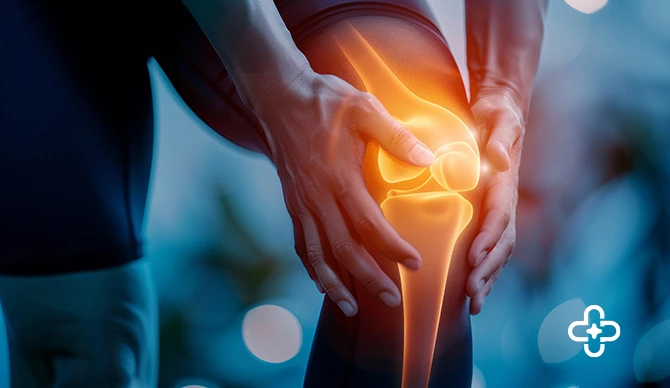Whether you’re chasing a personal best or just playing for fun, getting sidelined by a sports injury is never part of the game plan. But the truth is, even the fittest athletes can fall victim to common sports injuries and many are preventable.
From sprained ankles to torn ligaments, understanding how these injuries happen, what to do when they occur, and how to prevent them is crucial whether you’re a weekend warrior, a coach, or a pro trying to stay in peak condition.
What Are Sports Injuries?
Sports injuries are physical injuries that happen during sports, exercise, or any physical activity. They typically affect:
- Joints (like knees, ankles, and shoulders)
- Muscles and tendons
- Bones and ligaments
These bodily injuries can be mild or severe, needing anything from rest to surgery. Regular preventive care helps reduce risk by catching potential issues early.
Most Common Sports Injuries in Athletes
Here are some of the top culprits that athletes frequently encounter:
- Sprains and strains: Stretching or tearing of ligaments (sprain) or muscles/tendons (strain)
- Runner’s knee: Pain around or behind the kneecap
- Tennis elbow: Overuse injury affecting forearm tendons
- Shin splints: Pain along the shin bone due to overuse or poor mechanics
- Dislocations and fractures: Traumatic injuries from impact or falls
- Joint injuries: Especially in knees, ankles, shoulders, and wrists
These common sports injuries not only impact performance but can lead to long-term issues if not treated properly.
Causes of Sports Injuries
Understanding the “why” is key to prevention. Here are the most common causes:
- Poor conditioning or lack of warm-up
- Overtraining or repetitive strain
- Improper technique or body mechanics
- Inadequate equipment or unsupportive footwear
- Skipping sports physical exam
Prevention starts with identifying risk factors, which is why scheduling a regular sports physical is a smart move.
Sports Injury Treatment: From First Aid to Rehab
Immediate Care: The R.I.C.E. Method
- Rest the injured area
- Ice to reduce swelling
- Compression with wraps or bandages
- Elevation above heart level
Ongoing Injury Treatment:
- NSAIDs (Nonsteroidal anti-inflammatory drugs), if recommended by a healthcare provider
- Sports injury physio: Guided rehabilitation with a physical therapist
- Assistive devices: Bracing, taping, or crutches if needed
- Gradual return-to-play: Always ease back into training
- Surgery and long-term rehab: For serious injuries like torn ligaments or fractures
For many, sports injury rehab is the bridge between pain and peak performance.
Sports Injury Prevention Tips
Here’s how to minimize your risk of getting hurt:
- Always warm up before workouts or games
- Cool down and stretch post-activity
- Use a balanced training plan to avoid overloading specific muscles
- Practice proper technique
- Wear the right safety gear and footwear
- Don’t skip your sports physical
Being proactive with sports injury prevention means less downtime and more playtime.
When to See a Specialist or Start Physical Therapy
Don’t ignore these red flags:
- Pain that doesn’t go away
- Swelling that lingers 48–72 hours after injury
- Reduced range of motion
- Repeated injuries in the same spot
If pain persists or recurs, it may be time to see a sports injury specialist or begin physical therapy. Quick action can speed recovery. Athletes with existing health issues should also explore managing chronic illness to avoid setbacks.
Conclusion
Sports injuries are common, but they don’t have to derail your progress; by identifying frequent injury types, understanding their causes, and taking proactive steps like proper training, rest, and regular checkups with a physical therapist or sports medicine expert—like the experienced team at Manhattan Primary Care, you can stay healthy, recover effectively, and keep performing at your best.
Frequently Asked Questions
Does mental fatigue raise injury risk?
Yes, it slows reaction time and focus, making injuries more likely during activity.
Can I train with a minor injury?
Only if it doesn’t cause pain or worsen the issue. Consult a sports physio for guidance.
Why is hydration important for injury prevention?
It keeps muscles and joints working properly, reducing the risk of cramps and strains.
Are young athletes more prone to overuse injuries?
Yes, especially if they play one sport year-round without rest or variety.
How does sleep affect recovery?
Sleep helps repair muscles and reduce inflammation—crucial for healing.
Disclaimer
This blog is for informational & educational purposes only and does not intend to substitute any professional medical advice or consultation. For any health-related concerns, please consult with your physician, or call 911.
